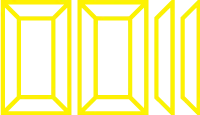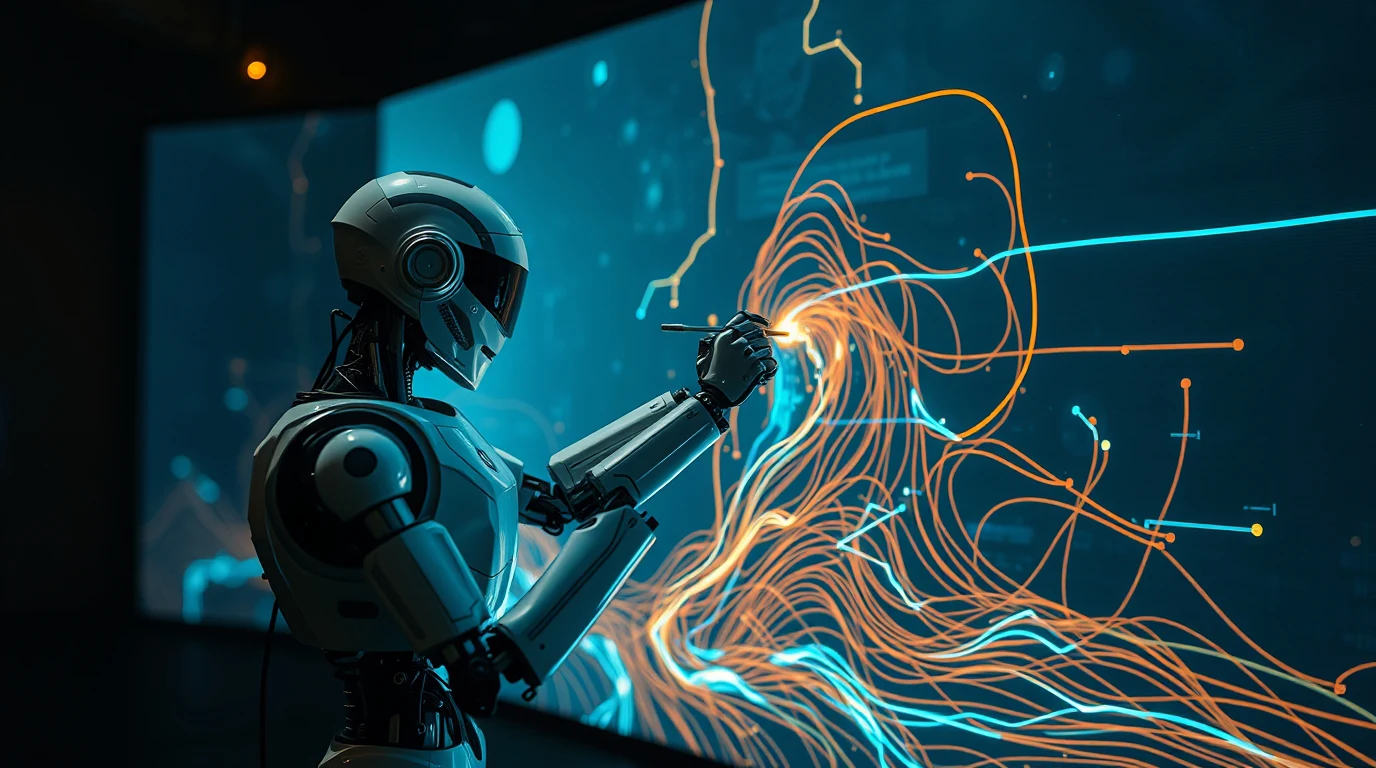In the digital age, artificial intelligence (AI) is redefining our understanding of creativity and artistic expression. As these technologies advance, they raise fascinating questions: Can machines truly be creative? How do digital tools change the role of artists? This article explores these questions while analyzing the impacts, challenges, and opportunities that AI brings to the art world.
A Journey from Human to Artificial
A Brief History of AI in Art
The relationship between artificial intelligence and art is not new. Since the 1960s, artists and technologists have experimented with algorithms to create geometric patterns and music. Today, tools like Midjourney, Leonardo, DALL-E, and Stable Diffusion have taken this exploration to a new level, generating complex works that combine human imagination with advanced computational capabilities.
The Changing Role of Artists in the Age of Technology
AI does not replace the artist; rather, it becomes a collaborator. Machines help explore new forms of expression, allowing creators to focus on concepts and ideas while delegating technical tasks to advanced algorithms. This shift redefines authorship and pushes artists to adopt new roles as curators and creative orchestrators.
Popular Tools and Their Impact on Artistic Production
Today, programs like MidJourney and Stable Diffusion have revolutionized the creative landscape. These tools enable artists to generate images, sounds, and experiences more quickly and efficiently, expanding the possibilities of graphic design, illustration, and visual arts.
How Machines Are Changing the Creative Process
Cases like Théâtre D’opéra Spatial, a piece created entirely with AI, demonstrate how machines can generate astonishing results when combined with human vision. These human-machine collaborations open doors to innovations that were previously impossible.

Behind the Artwork: Success Stories
Analysis of Cases Like Théâtre D’opéra Spatial
In 2022, this piece created with MidJourney won an art competition, sparking a debate about authorship. Who is the real artist: the human who directs the process or the machine that generates the content? This case exemplifies AI’s impact on contemporary art.
Collaborations Between Artists and AI Technologies
Artists like Mario Klingemann have used AI to explore new forms of expression. His work combines generative art and neural networks to create unique pieces that challenge traditional notions of creativity.
Reflections and Ethical Dilemmas
Debates on Authorship and Copyright of AI-Generated Works
One of the biggest challenges in AI-generated art is determining authorship. Copyright laws are not yet fully equipped to address the complexities of machine-generated works. This legal gap leaves many questions unanswered.
Considerations on the Responsible Use of Technology
Beyond legal debates, ethical concerns arise regarding AI’s use. Could these tools be used to replace human artists? What happens when machines generate content that perpetuates biases or misinformation?
How AI Is Redefining the Future of Art
Predictions for the Coming Decades
AI has the potential to merge with emerging technologies like augmented reality and virtual reality. This will create immersive experiences where viewers interact with artwork generated in real-time.
Impact on Art and Design Markets
In the market, AI-generated works are gaining popularity. From million-dollar auctions to their use in advertising campaigns, these tools are revolutionizing the creative economy, democratizing access to artistic tools, and redefining the value of art.
Resources and Community
Recommended Tools for Beginners and Professionals
If you’re interested in experimenting with AI, consider tools like Midjourney, Leonardo, DALL-E 2, Runway ML, and Processing. These platforms offer an accessible entry point to explore the intersection of technology and creativity.
Communities of Artists and Technologists Exploring AI
Platforms like ArtBreeder and forums like AIArtists.org connect artists, technologists, and enthusiasts, fostering collaborations and inspiration worldwide.
The Perception of AI Art in Different Cultures
Cultural Acceptance
In countries like Japan and South Korea, AI-generated art has been widely accepted as an extension of technological innovation. These societies, which value the symbiosis between tradition and modernity, see AI art as an example of how technology can enrich visual culture.
On the other hand, in regions like Western Europe, the reception has been more critical, especially among traditional art circles. Doubts arise about whether machine-generated art can achieve the same emotional depth as human-created art.
Democratization of Art
Expanded Access
One of AI art’s greatest advantages is its ability to democratize creativity. Tools like DALL-E and Stable Diffusion allow people without formal artistic training to experiment with digital art. This has led to an explosion of creativity in communities that previously lacked access to advanced artistic resources.
New Audiences
AI-generated art has also attracted younger audiences who are familiar with digital technologies. Interactive exhibitions and dynamic AI-created artwork are redefining how people experience art, especially through online platforms.
Social Controversies
The Value of AI-Generated Art
In some circles, there is debate over whether machine-created art can hold the same emotional, historical, and cultural value as traditional art. Is it art if there is no conscious intention behind the creation? This question remains a topic of discussion.
Impact on Traditional Artists
The rise of AI art also raises concerns about the future of traditional artists. Some fear that AI tools could replace creative jobs, while others see them as an opportunity to collaborate and expand their capabilities.
Final Reflection
The cultural and social impact of AI-generated art reflects how technology is transforming our relationship with creativity. While ethical and social challenges remain to be addressed, it is undeniable that artificial intelligence has opened new doors for artistic expression and cultural interaction.




